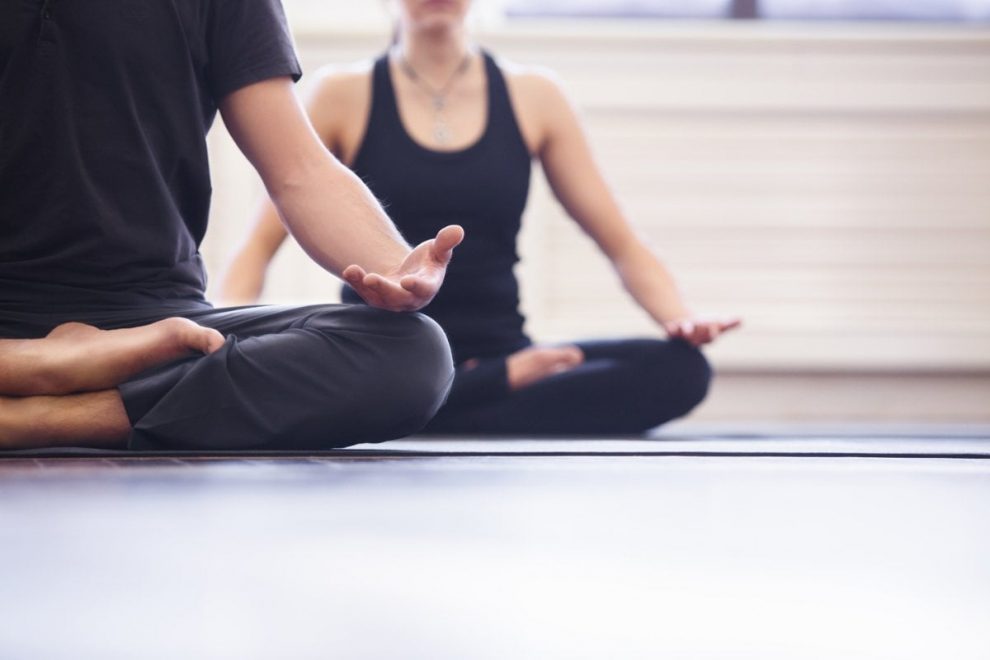Many individuals today frequently express concerns about back problems. Our spine, subjected to the strains of daily activities and compounded by carrying stress to bed, is particularly affected. The constant use of electronic devices in awkward positions, coupled with poor dietary habits and a lack of exercise, adds to the challenge of maintaining a healthy and upright spine – a characteristic that distinguishes us from animals.
Compounding the issue is the desire for a simple practice that imposes minimal demands on time and physical capacity.
Enter Makrasana – the one yoga pose that is accessible to everyone. Even if you don’t engage in a full yoga routine, practicing Makrasana can alleviate soreness and pain.
Why Makrasana?
This pose is beneficial for individuals dealing with various back problems, including sciatica, slipped discs, upper torso discomfort, and lower back pain. Holding the initial position of Makrasana for an extended period helps release tension in the spinal column and nerves. Interestingly, children instinctively assume this posture during play and rest.
Makrasana also enhances lung function and respiration, which can be adversely affected by mental stress and tension, indirectly impacting the spine. Adjusting the placement of your elbows, whether close to or away from the body, allows you to target specific pain points in different parts of the spine.
How to perform Makrasana correctly:
- Lie down on your stomach.
- Fold your arms and bring the elbows together as close to your body as is comfortable.
- Cup your jaws in your palms.
- Keep the elbows together for a pronounced arch of the spine or separate them slightly for less pressure on the neck.
- To target the upper back and neck, place the elbows comfortably away from the body.
- To impact the lower back, place the elbows comfortably close to the body.
- Inhale and fold your right leg, exhale and lower it.
- Repeat with the left leg.
- Perform the same movement with both legs together.
- This completes one set; aim for three to five sets.
- Stay aware of your back during the practice, and you may close your eyes to focus on your breath and feel the effects on your back.
Simply remaining in Makrasana while reading, watching TV, or chatting can serve as a beneficial relaxation and remedy for back pain. Additionally, adopting healthy dietary habits by reducing sugar, avoiding fast food, and limiting consumption of fatty, fried, and excessive caffeinated beverages contributes to overall back health. Incorporating relaxation practices like Shavasana and Yoga Nidra before sleep further aids in alleviating back issues.




















